6 Key Factors to Consider When Choosing Hand Control for Cars
Choosing the right hand control for cars is a crucial step toward independence and safe driving for people with mobility challenges. These adaptive systems make it possible for drivers to maintain control of their vehicles without relying on traditional pedals, opening the door to greater freedom and opportunity. For many individuals, installing the right hand control system represents more than just a mechanical upgrade—it symbolizes a renewed sense of independence and confidence on the road.
With today’s innovations in adaptive driving technology, there are more options than ever before. Drivers can choose from simple, reliable mechanical systems to highly advanced electronic controls, each offering distinct advantages in comfort, safety, and functionality. These advancements have allowed more people with diverse physical needs to drive comfortably and confidently, even when traditional methods aren’t suitable.
At the same time, the decision isn’t one to be rushed. The best system is one that matches the driver’s physical abilities, integrates smoothly with the vehicle, and fits both budget and lifestyle. By taking the time to weigh these factors, drivers can make informed choices that lead to safer, more empowering experiences on the road.
1. Understanding Control Types
Hand controls generally fall into two main categories: mechanical and electronic. Mechanical systems transfer motion directly through levers and rods, while electronic systems use advanced technology to assist with smoother, more precise control.
Mechanical controls, such as push/pull or push/right-angle systems, are popular because they’re straightforward and durable. A push/pull system allows acceleration and braking through simple lever movements, making it intuitive for many users.
Push/right-angle systems add ergonomic benefits by positioning the handle for a more natural grip, which reduces strain and helps drivers stay comfortable on long trips.
Electronic controls take things further by offering additional customization and integration. These systems connect to a vehicle’s internal electronics, allowing for seamless operation and advanced features such as smoother acceleration or reduced hand effort. While electronic systems cost more and require professional installation, many drivers find that the added convenience, precision, and long-term benefits make them worth the investment.
Ultimately, the choice between mechanical and electronic controls should depend on factors like budget, ease of use, and how much support or customization the driver wants. Both styles can offer independence, but the best fit is the one that aligns with the driver’s daily needs and long-term comfort.
2. Considering Driver Abilities
A driver’s physical abilities are one of the most important factors in choosing the right hand control for cars. Strength, dexterity, and range of motion all play a role in determining how easily and safely a system can be used.
Some systems require more grip strength or fine motor control, which may not be suitable for drivers with limited hand function. In these cases, ergonomically designed controls can make driving much more comfortable by reducing strain and supporting natural movements. For drivers with unique mobility needs, custom adaptations are available that tailor the system directly to their capabilities.
Reaction time is another key consideration. Drivers must be able to respond quickly in emergencies, so controls should feel intuitive and easy to use without causing distraction. Well-designed systems help drivers maintain focus on the road while still being able to act quickly if needed.
According to the Bureau of Transportation Statistics, individuals aged 18 to 64 with disabilities are less likely to own or have access to vehicles compared to those without disabilities. This highlights the importance of making adaptive equipment more accessible and personalized so that more people can benefit from the freedom of driving.
3. Ensuring Vehicle Compatibility
Not every vehicle is equally suited to every type of hand control. Some cars allow simple installation, while others require extensive modifications. Researching compatibility ahead of time can prevent frustration and unnecessary expense.
Automatic transmissions are generally easier to adapt, while manual vehicles may require more advanced modifications to make hand controls work effectively. Electronic systems also need to integrate smoothly with the car’s electrical components to function properly.
Professional installation is highly recommended to ensure that the system is safe, reliable, and doesn’t interfere with critical safety features like airbags or stability controls. Poorly installed equipment can reduce performance and increase risks, but working with experienced technicians guarantees that the system operates as intended.
4. Prioritizing Safety Features
Safety is the top priority when selecting a hand control for cars. Features like brake locks, acceleration limiters, and built-in failsafes add layers of protection and reduce the risk of accidents. These features are especially valuable for drivers who may need extra support in emergencies.
It’s also essential to confirm that the hand controls work with, rather than against, the vehicle’s built-in safety systems. Adaptive equipment should complement features like anti-lock brakes and airbags, not compromise them.
Look for controls that have been tested and certified by industry standards. Certified systems ensure reliability under a variety of conditions. Pairing this with routine inspections and maintenance helps extend the system’s lifespan while keeping drivers safe and confident behind the wheel.
5. Balancing Costs and Budgets
Cost is another significant consideration. Basic mechanical systems are usually more affordable, while advanced electronic controls with added features can be more expensive. Drivers should consider not only the initial price but also installation fees, maintenance costs, and possible repairs over time.
Funding support is often available. Some individuals qualify for grants, insurance coverage, or state programs that help offset the cost of adaptive driving equipment. Taking advantage of these resources can make hand controls far more accessible.
Pre-owned or refurbished systems may also be worth considering, as long as they come from reputable sources and are thoroughly inspected. While these options can save money, safety and reliability must never be compromised. Investing wisely ensures that the chosen system supports independence while fitting within the driver’s budget.
6. Evaluating Brand and Support
The brand behind the system matters just as much as the system itself. Established manufacturers usually follow strict quality and safety standards, providing greater reliability and long-term peace of mind.
Customer reviews offer valuable insight into real-world experiences with specific products, covering everything from ease of installation to durability. Looking into warranties and customer support services is also important. Strong warranties signal product confidence, while responsive customer support ensures that help is available if problems arise.
Selecting the right hand control for cars is about much more than choosing a device. It’s a decision that requires thoughtful consideration of driver abilities, vehicle compatibility, safety features, cost, and brand reputation. Each of these elements plays a role in creating a system that not only works reliably but also enhances the overall driving experience.
Adaptive equipment is more than just a modification to a vehicle—it represents independence, mobility, and a sense of control that extends far beyond the driver’s seat. The right system allows individuals to travel where they need to go, pursue opportunities, and participate fully in daily life without barriers.
This decision can feel overwhelming at first, but the journey is worthwhile. With expert guidance, personalized recommendations, and professional installation, drivers can be assured that their investment will pay off in both safety and independence. When paired with the right support team, the process of selecting and installing controls becomes less about obstacles and more about empowerment. If you’re ready to take the next step toward greater independence, trust the experts at Mobility Driven.

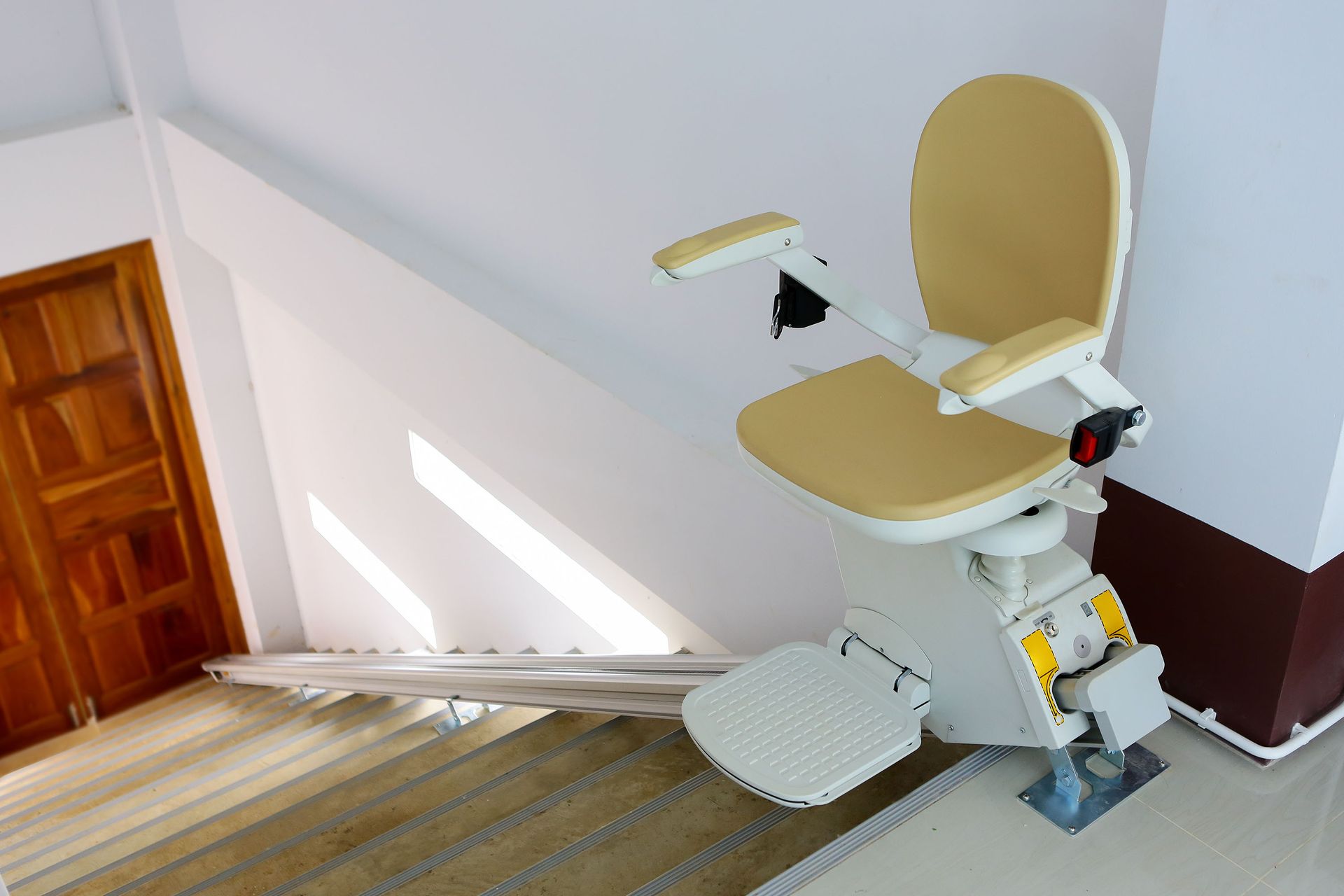
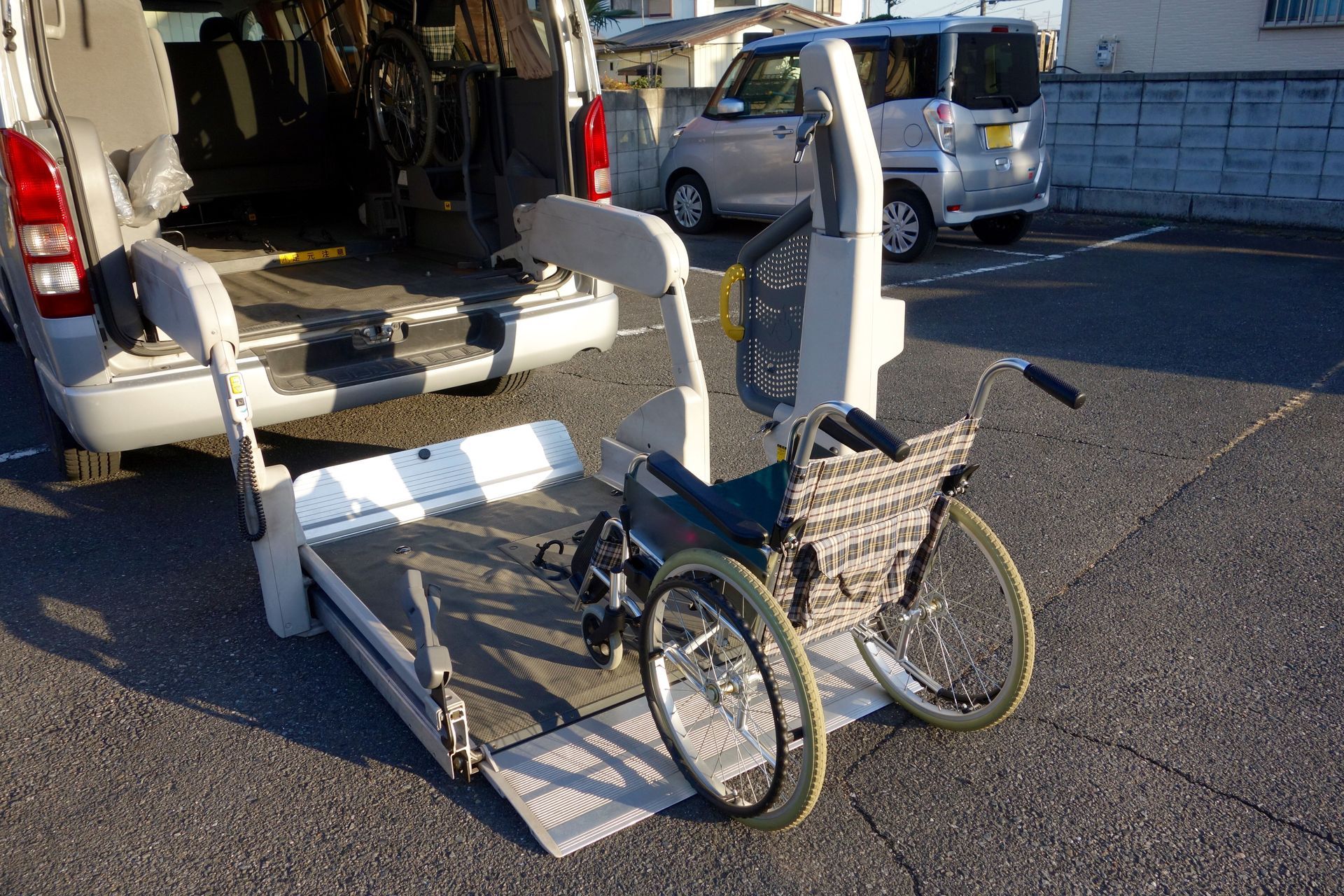
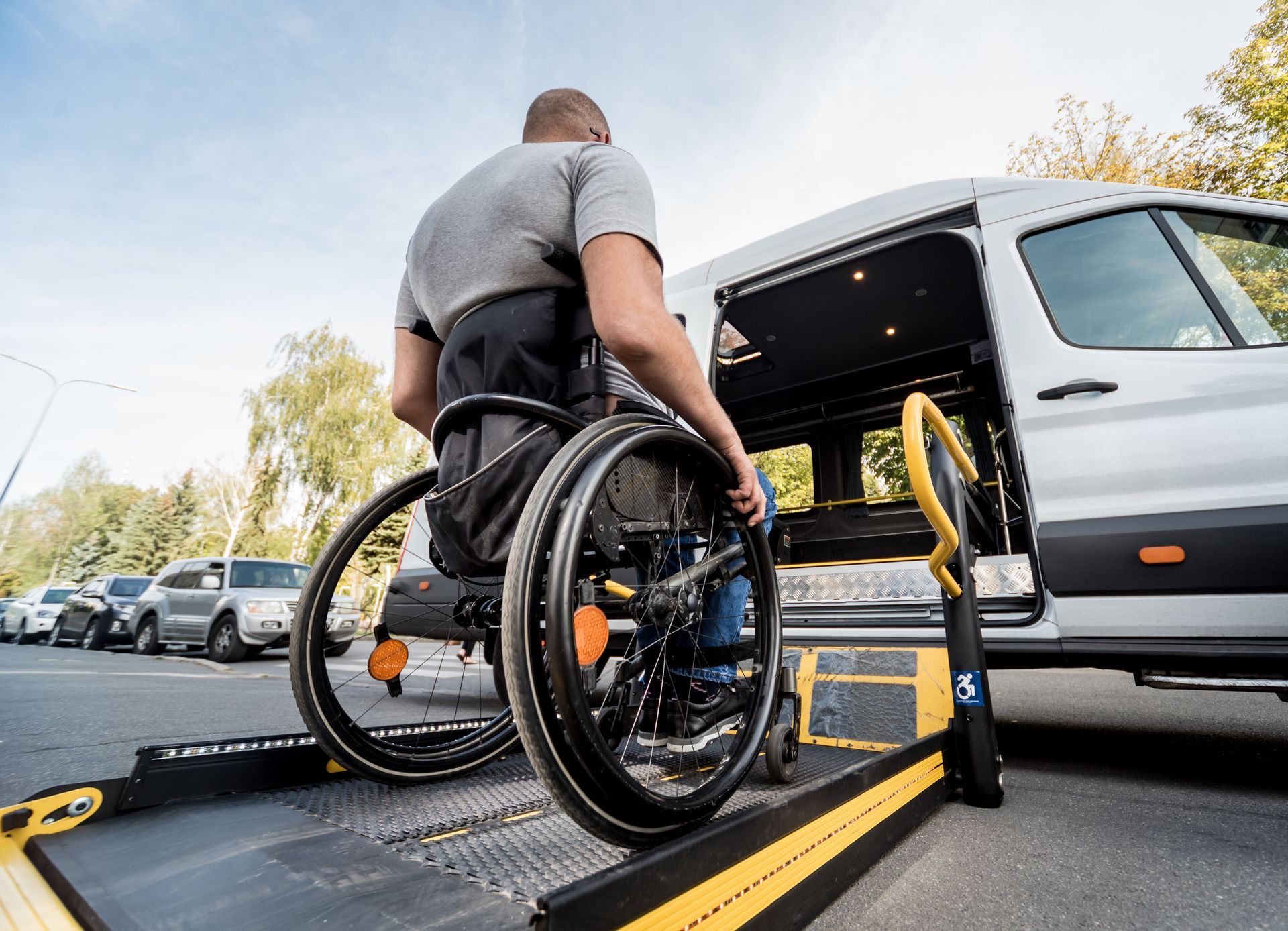
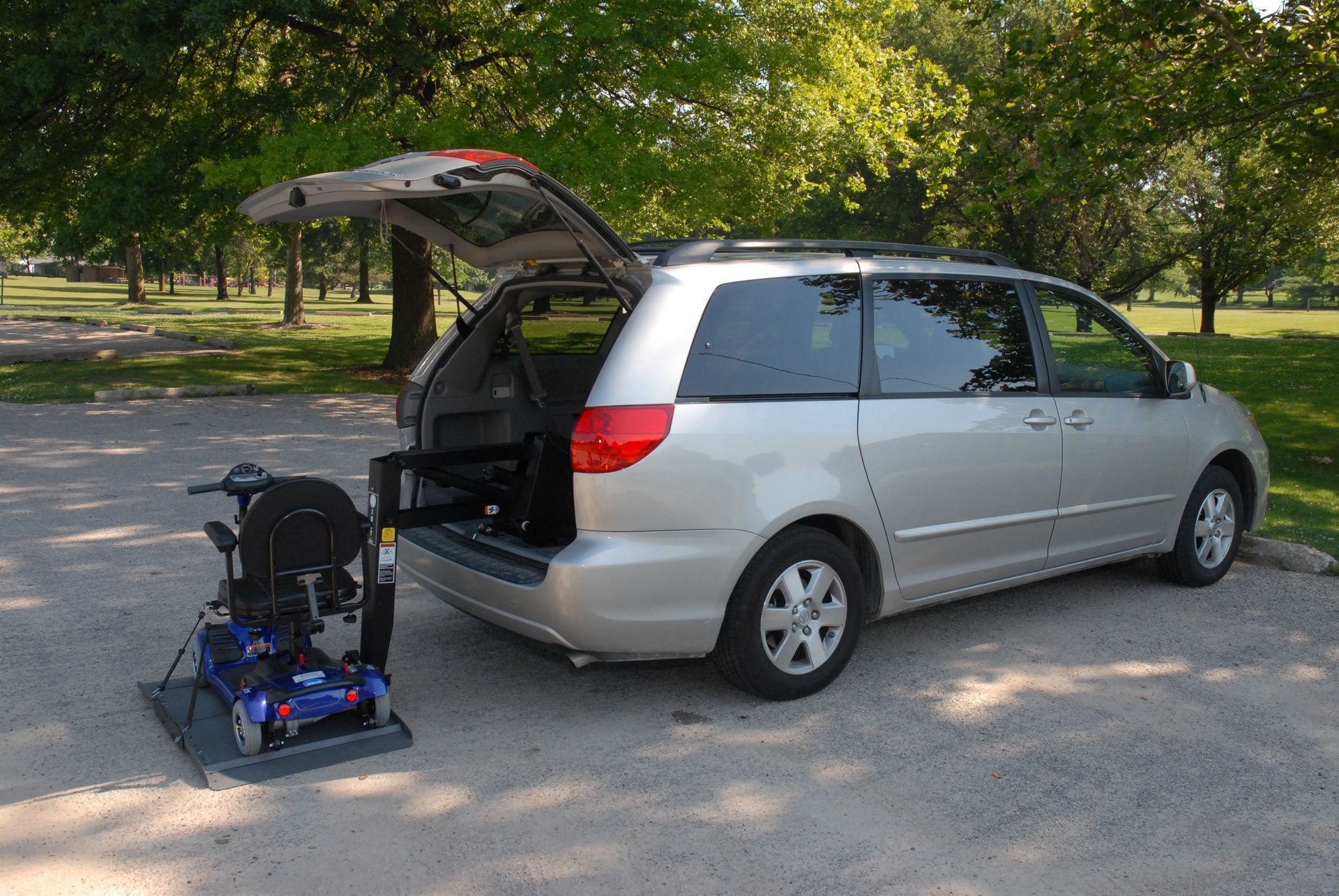

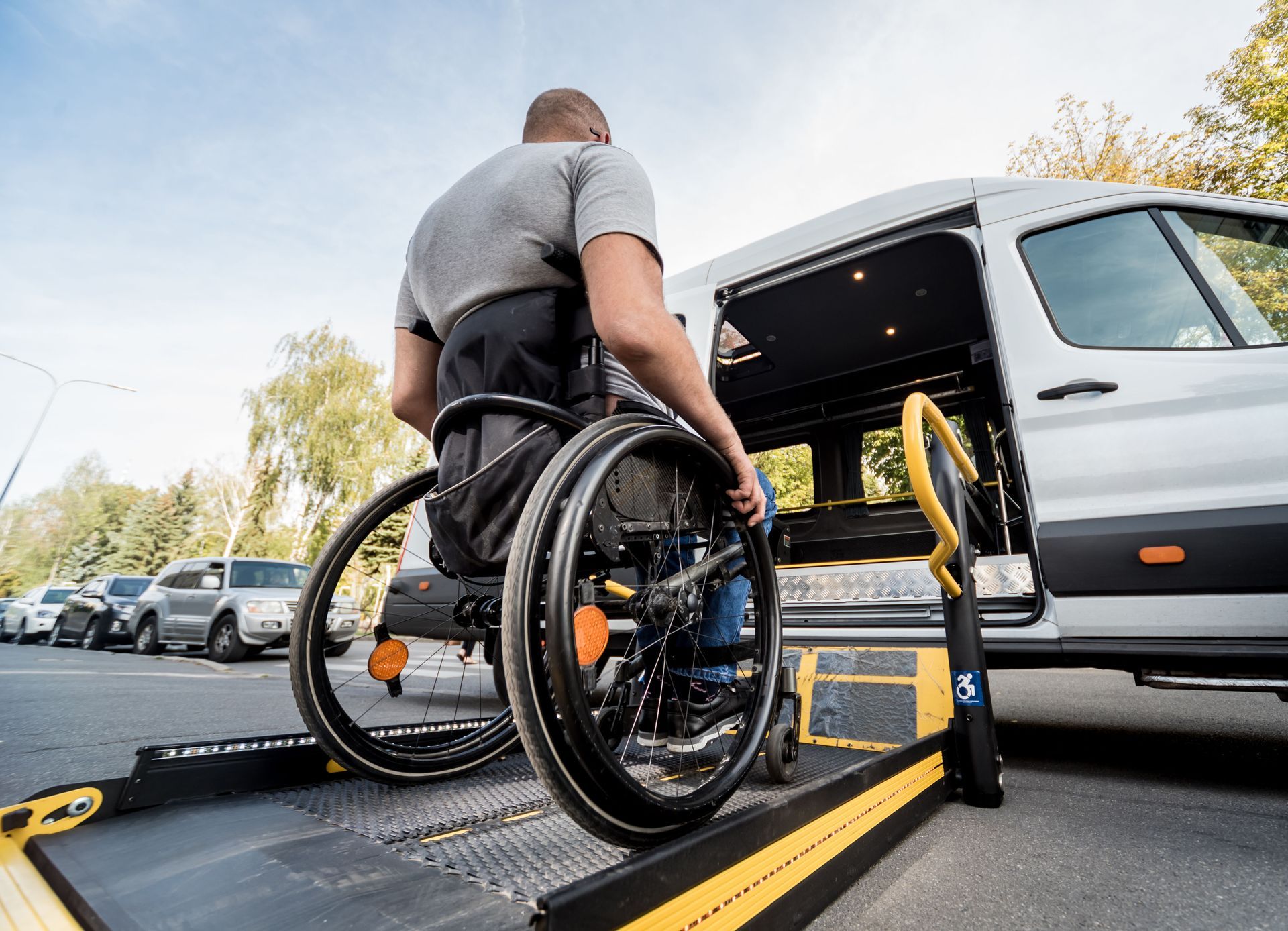
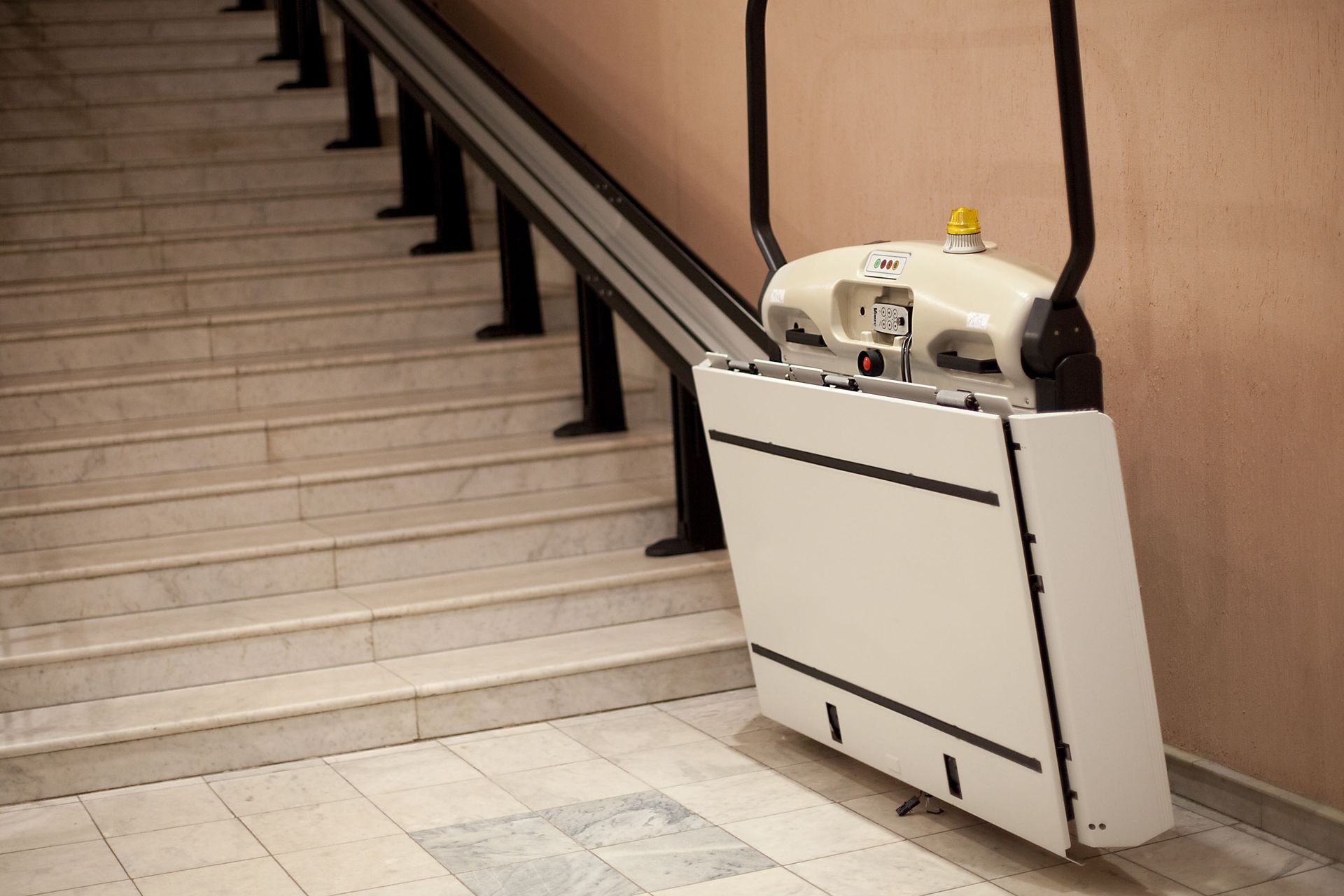
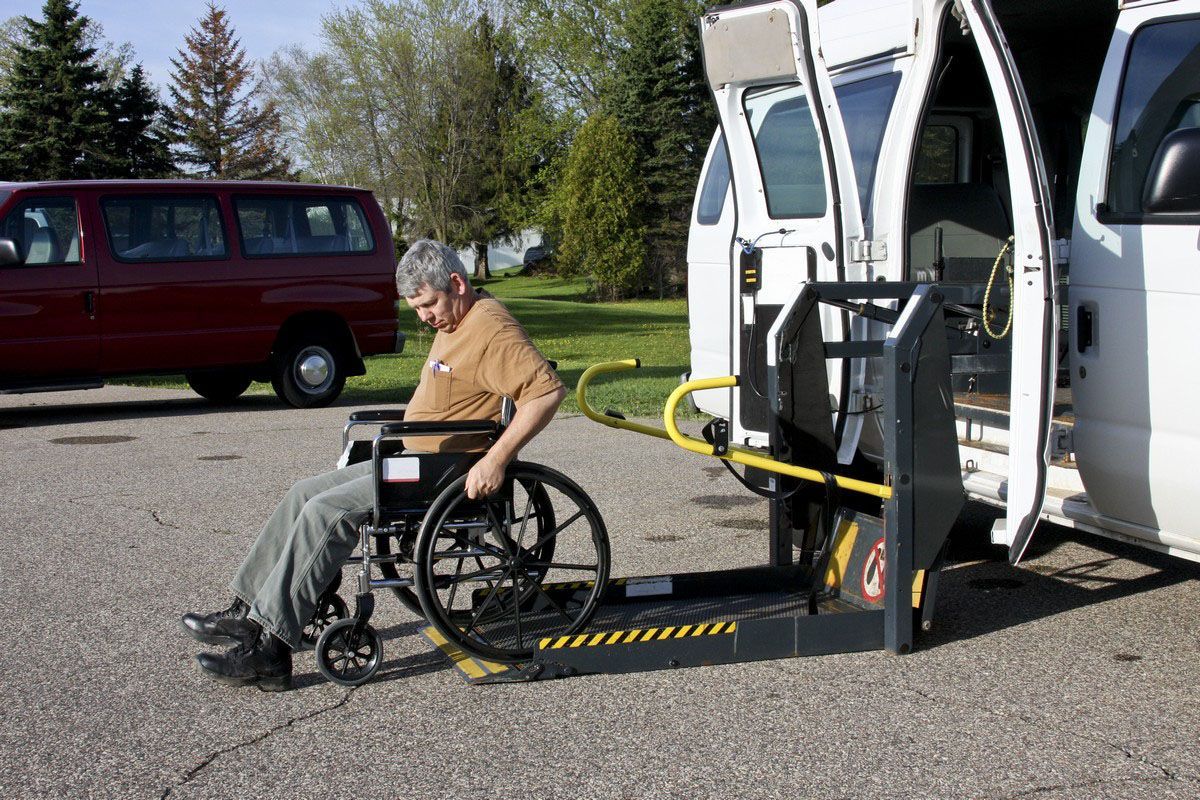

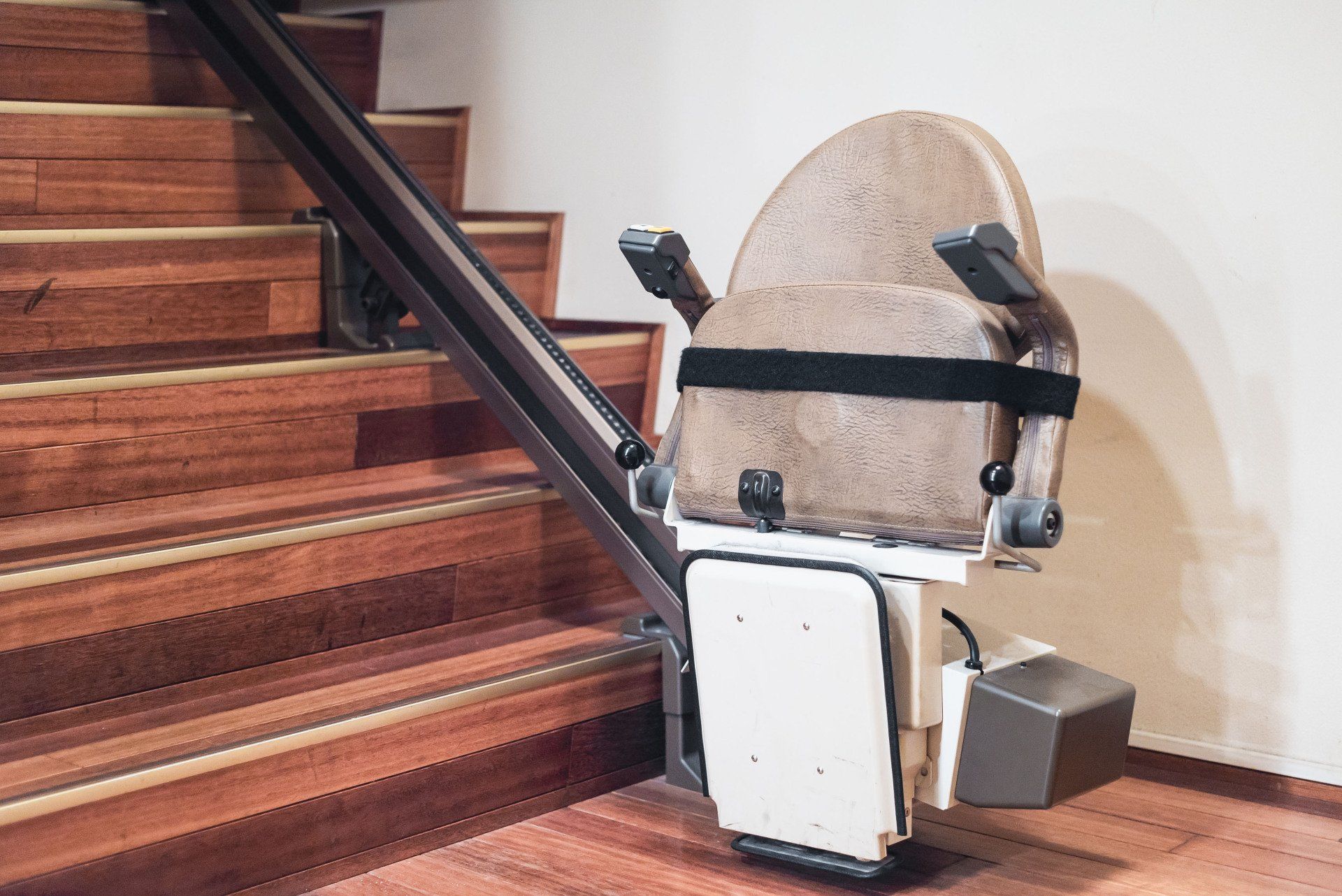
Share On: